662 Views
These are the pics of our installation on the Central Presbyterian Church across the Capital building in down town

by
Southeast Solar Co
(IC: professional)
Enjoyed the project?
Published April 25th, 2011 12:23 PM
Comments
Join the conversation
3 of 12 comments
-
-
Randy, 1. Actually the cost was almost same as flat plate. 2. The differences are higher yield both during summer and more so during winter times. 3. If one tube breaks, the replacement cost is about $30.00 or less. If a flat panel breaks, it would be more like 300 to 400 dollars. (you will have to pay a plumber to take it all apart and put it back together, 4. It was very easy to carry these tubes to the roof (the frame was assembled first on the roof and tubes were installed following the above). Imagine carrying a 250 lbs flat panel to the roof... The church uses almost 800 gallons of hot water per day. The year after this was installed we got a phone call from the maintanance person that they observed incoming water temp of 140*F to the heat exchanger -- this is very common if installed properly. They have a huge storage tank. We have radiant floor heating assisted y the evacuated tube collectors in our home. Our average heating bill for a 6970 sq.ft home is about $75.00 each month. In case you are interested, we have 20 evacuated tube collectors which are on clearance sale for the year end if you are interested..7702860578.
 Southeast Solar Co
on Nov 24, 2013
Southeast Solar Co
on Nov 24, 2013
-




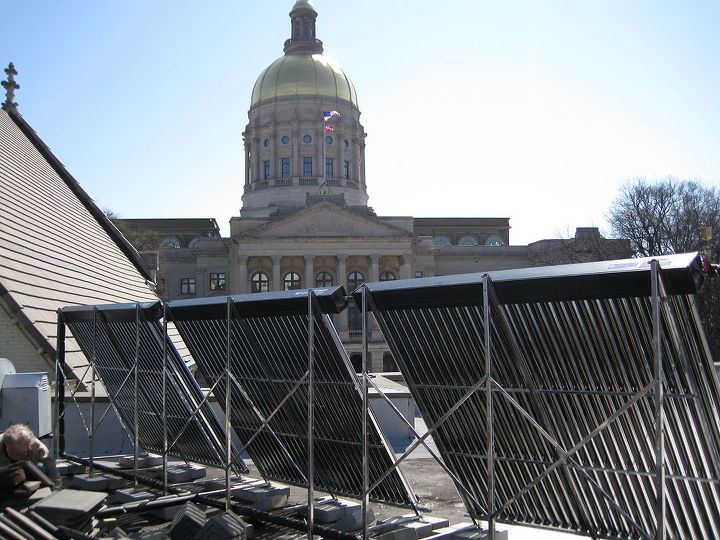
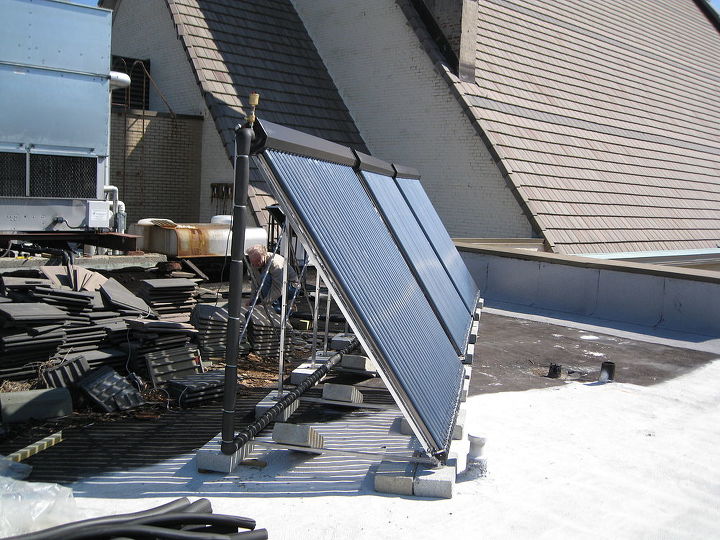
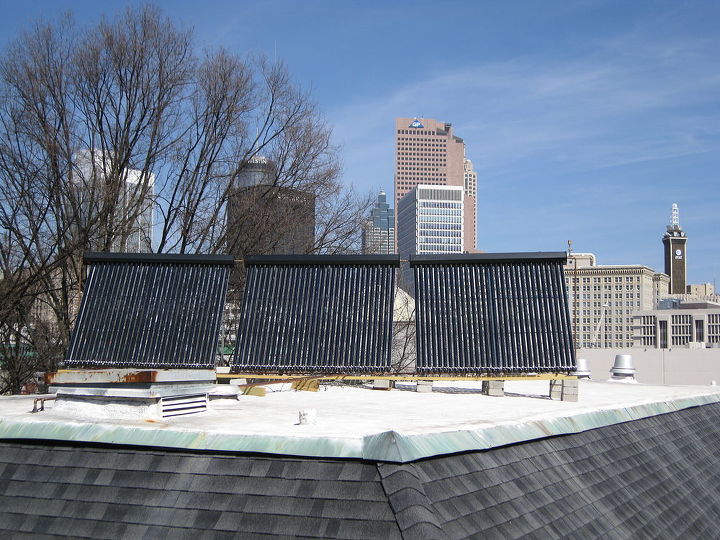

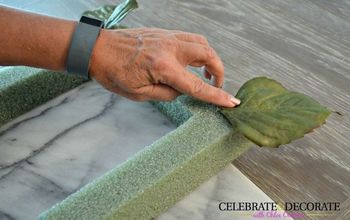




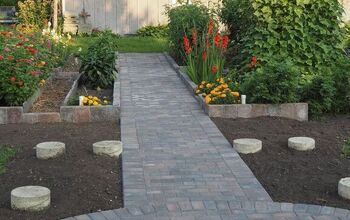



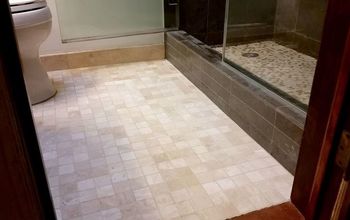












Frequently asked questions
Have a question about this project?